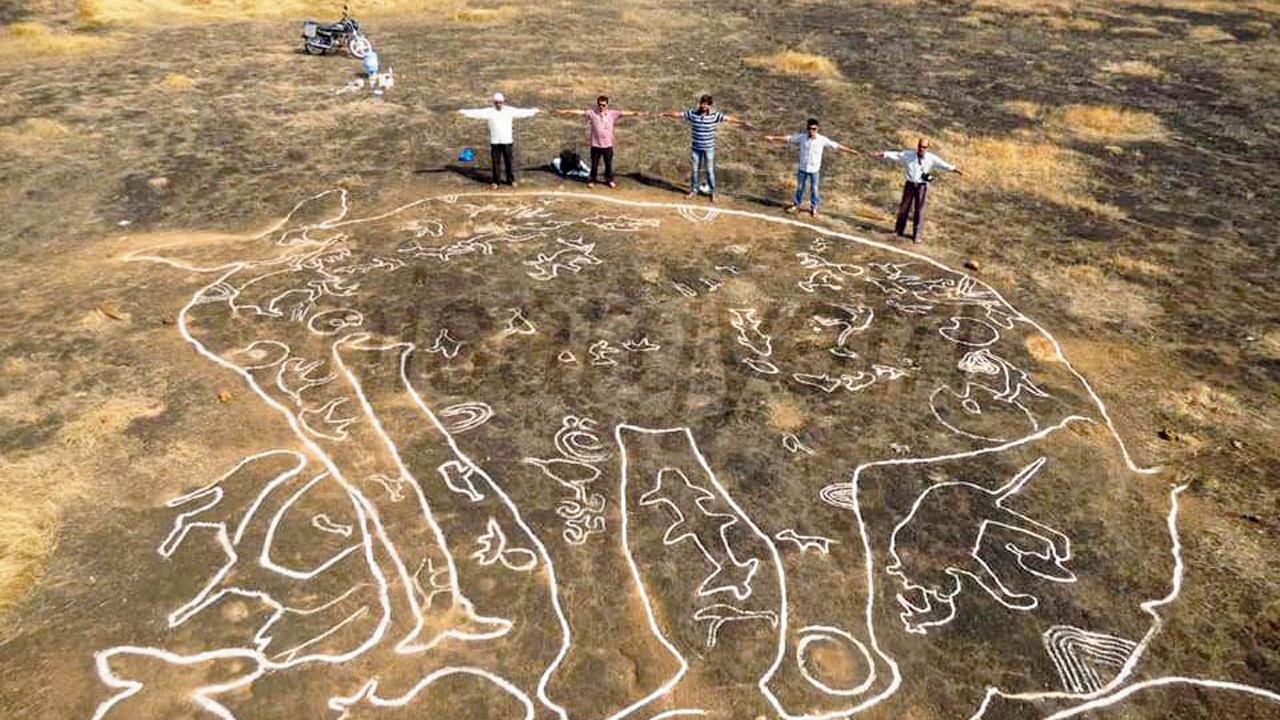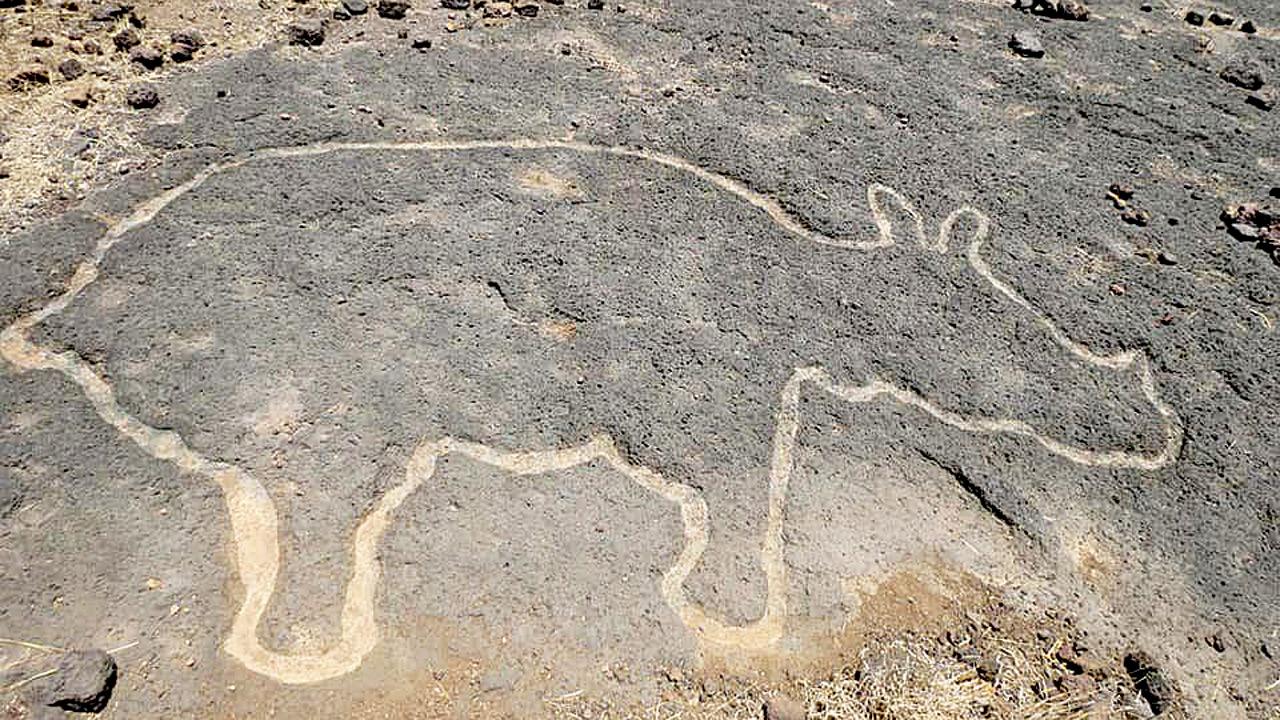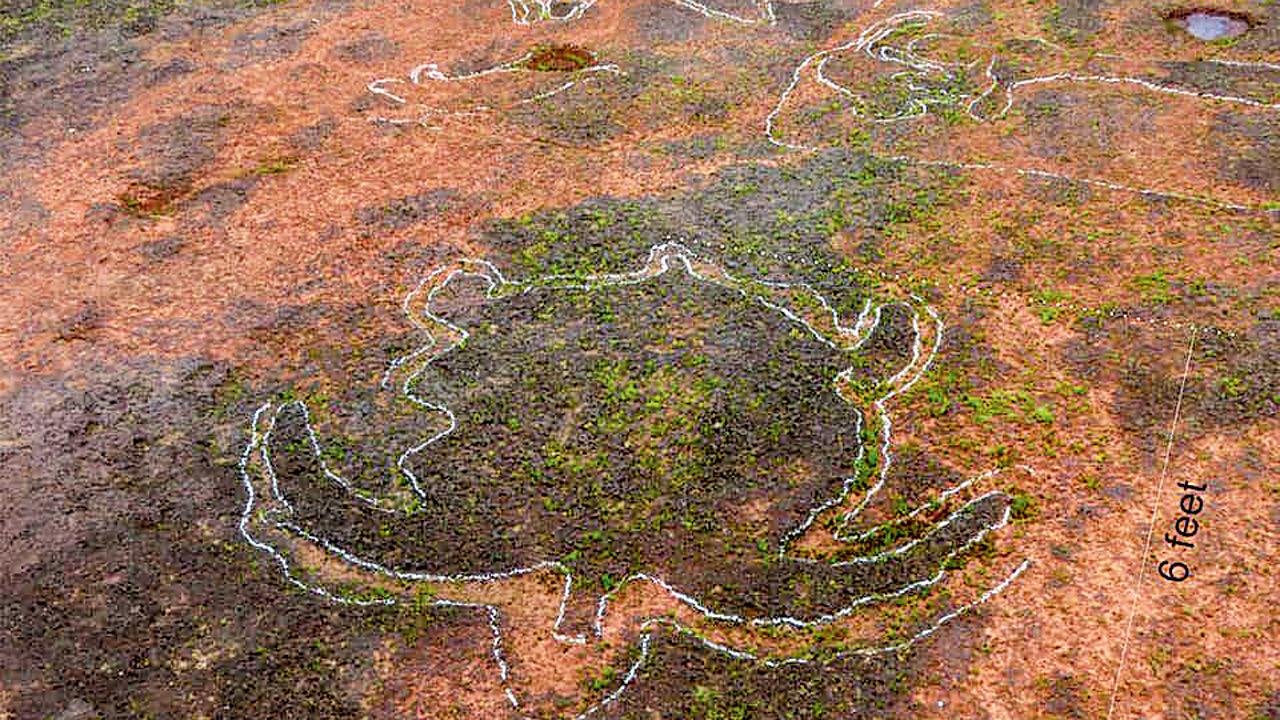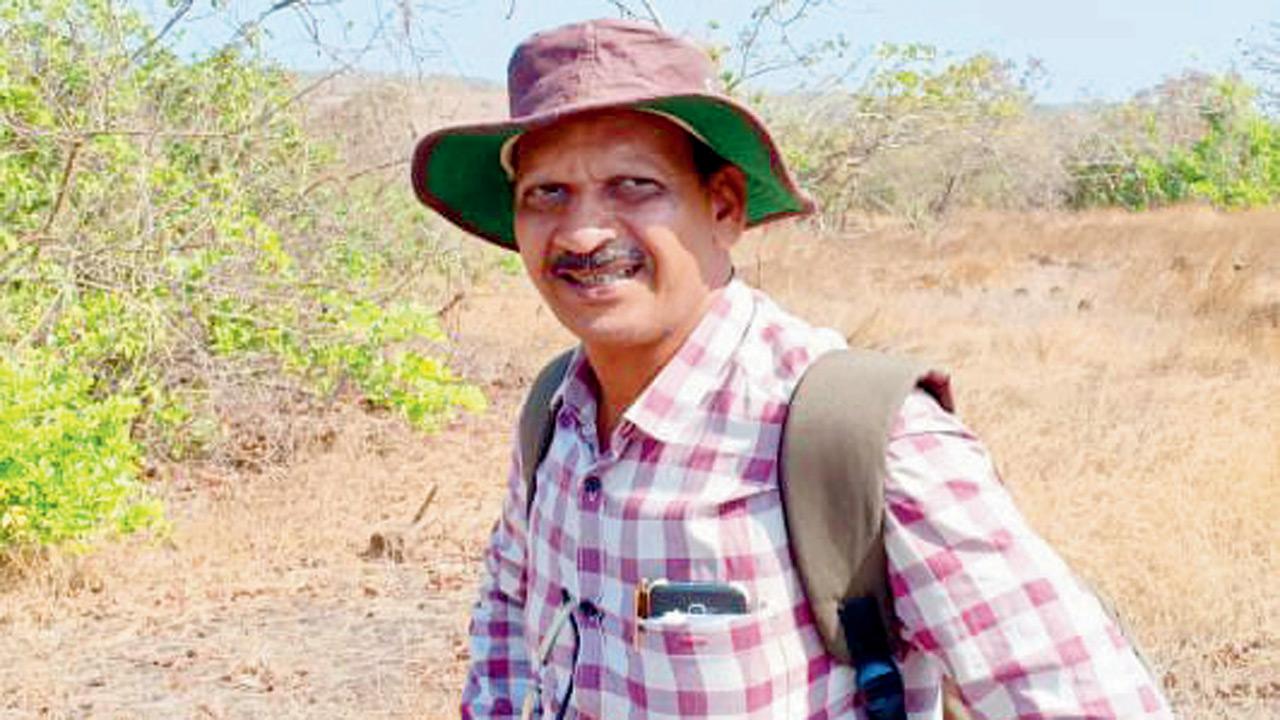The addition of ancient carvings to UNESCO’s tentative list of World Heritage Sites underlines the importance, and fascinating history of the region

Asia’s largest geoglyph at Kasheli
To describe our ancestors as ancient or primitive is often a misnomer. The word conveys the image of man as barbaric, rough and uncouth to the ways of the world. It is erroneous. As the findings of the stunning petroglyphs in Konkan prove — before there was language, there was art.
ADVERTISEMENT
Dating back to 5,000 years to almost 20,000 years, the petroglyphs from the Konkan region of Maharashtra and Goa are a stunning evidence of the ability, observation and life of our ancestors. Carved on the laterite Konkan plateau, these works are an evidence of life during that period. Sudhir Risbud of the Nisargyatri Sanstha, and a dedicated naturalist, says, “From the perspective of the history of human evolution, petroglyphs are the first example of a human being’s need for expression.”

Rhino petroglyph
Found in every part of the world, petroglyphs are two-dimensional carvings on rock. The most famous petroglyphs are the Nazca lines in Peru. Dr Kurush F Dalal, archaeologist and culinary anthropologist, tells us, “Laterite is unique to this region. You can carve through it, and find sediment underneath to shape. If you leave it out to oxidise in the sun, it turns into brick.” He adds, “We don’t know of anything similar elsewhere in India.” The discoveries in Konkan range from works depicting wildlife, humans, birds, and abstract carvings whose purpose is yet to be discovered.
A keen bird-watcher, Risbud’s interest in these esoteric carvings began in 2008. There had been discoveries since the late 1990s and early 2000s, but the last decade has seen an explosion of interest. Risbud, along with several passionate and like-minded researchers, founded the Nisargyatri Sanstha, which works with the Maharashtra Directorate of Archaeology to continue these discoveries, among other efforts.

Tortoise petroglyph, Kapadgav. Pic/Dhananjay Marathe
From these carvings, it can be implied that the original artists were hunter-gatherer nomadic tribes living off the land. Their observations of wildlife around them led them to leave carvings on the ground, including the largest geoglyph in Asia — an elephant, with animals around, and inside it.
Why was the carving so large, we ask? “You need to understand a bit of psychology. The things we fear, we see them as they are, or larger than they are,” Risbud explains. The primitive man, in many ways, was a realist. He adds, “These are not drawings from memory. They have expressed life so beautifully.” Yet, what they saw would be surprising for their modern descendants.
 Dr Kurush Dalal
Dr Kurush Dalal
Risbud reveals the single-horned rhino and hippopotamus have never been sighted in the Konkan region. Yet, their etchings imply that the region was once populated by these species. This also implies that the current Konkan climate and surroundings, as pleasant as they are, would be a strange phenomenon to the original artists. For archaeologists, these glyphs are a wormhole into the past. From the depiction of fauna to activities, these works offer information about life back then.
Dr Dalal reveals that the challenge also lies in the inability to carbon-date them. “Carbon samples cannot be found on a rock. You have to have some kind of habitation next to it. No habitats are found next to it.” Much like piecing together a big jigsaw puzzle, with the pieces all over the place. New discoveries lead to new theories.

Sudhir Risbud
There is progress though; both Dr Dalal and Risbud revealed a recent discovery of stone-tools that may give a better insight into the workings and lifestyle of these forgotten Konkani residents. The nomination of these sites to the tentative list of UNESCO’s World Heritage Sites also brings with it global recognition. It also comes with a practical advantage. Dr Dalal says, “The moment it gets into the list. It attracts money, interest, and thirdly, more experts.” Risbud agrees that the global recognition will bring in funding, tourism, and more awareness about these rare heritage sites.
 Subscribe today by clicking the link and stay updated with the latest news!" Click here!
Subscribe today by clicking the link and stay updated with the latest news!" Click here!







